-webp.webp)
Nile Cobra In Egyptian Tales
Ancient Egypt throbs with awe-inspiring wonders where myth, history, and nature collide. Among those ancient creatures, the mystical land shelters a cobra — the Nile cobra. More than just a deadly creature, the Nile cobra in Egyptian tales serves as a powerful symbol of the throne, defense, and heaven’s might. It plays an impressive part in mythology and religion as much as in close-ups and everyday existence. These cobras join deities, pharaohs, and heroes in the eternal fight between good and evil. For the history lovers of Ancient Egypt, the interpretation and stories related to the Nile cobra Munin pose an opportunity for another aspect of Egyptian civilization.
Ancient Egyptian Mythology and Symbolism of The Nile Cobra
Within ancient Egyptian mythology, people considered animals as tangible representatives of gods or, at the very least, indicative of their power, resting at the latter’s apex. The Nile Cobra takes center stage in this symbolic landscape. This snake appears both in sanctified narratives depicting different gods, and in the evocative iconography that encircled pharaohs and rulers. Ancient Egyptians worshipped cobras as divine protectors that were life, death, and rejuvenation all at once.
One of the most characteristic images of the Nile Cobra is the Uraeus, a cobra’s head protruding upright, threatening to strike. Such cobras were daring to spit flames or venom at the enemy that dared approach the Pharaoh. On their crowns and headdresses, the Pharaohs wore the symbolism of the cobra, signifying that together with the gods, they ruled and were under the gods’ protection. In Egyptian mythology, the Nile cobra in Egyptian tales continues to be a powerful symbol of the force that embodies order and chaos, creation and destruction, and life and death.
Symbol of Royal Power
The Nile cobra in Egyptian tales is always portrayed together with royal power. As living gods, the Pharaohs needed symbols that supported their rule. The Uraeus, a rearing cobra up as a sign of that power provided it. It was frequently paired with the vulture, representing the idea that Upper and Lower Egypt crowns were united and that the ruler possessed all powers over the entire land.
This emblem of sovereignty and protection also served as a magical totem. The Egyptians believed that the gaze of a cobra could strike fear and paralysis in enemies. Some tales say that these cobras sailed with the gods on their heavenly vessels and guarded the cosmic scales. The cobra not only secured the pharaoh’s territories but also held the topmost order in the cosmos.
Mythological Serpents and Dragons
People widely recognize the Nile cobra in Egyptian tales as a prominent figure in the mythological landscape of serpents and dragons. One such figure is Apep, depicted as an enormous serpent associated with chaos, and is presumably one of the greatest adversaries in Egyptian tales. It was common knowledge that Apep had a hostile relationship with the sun god Ra or Set. According to legend, Apep would swallow the sun and bring darkness to the earth every night as Ra traveled across the underworld on his solar boat.
In such tales, gods led by Ra or Set would use their godly powers to overcome the evil Apep, the serpent. It is understandable that Apep- and the cobra which was connected to the goddess’ protection and the goddess Ra- signified the divine struggle to maintain order. Egyptians found this mythological battle and burden appealing, as it suggested that chaos could affect even gods.
Egyptians revered Cobras in many tales, strictly considering them as protectors and wardens of important places. People at certain temples etched them on walls and created statues that adorned the top of boundaries to secure doors and protect against malevolent forces. Their instinctive and wild nature made people both fear and adore them, resulting in their frequent portrayal as guardians of the heavens in Egyptian myths and stories.
Cobras in Egyptian Culture
In ancient Egypt, the Nile cobra was not purely a legend—it was also involved in people’s daily activities. Egypt’s geography, including the Nile River and surrounding land, provided a hospitable environment for poisonous snakes. The Egyptians dreaded the cobras, but they also revered them. It was an animal that was frequently near people, making it an everyday reality.
The Egyptians worshiped the cobra as the manifestation of Renenutet, the goddess of agriculture and child-rearing. Farmers saw the cobras as valuable protectors and a source of crops. Egyptians’ fear and respect for snakes, particularly cobras, stemmed from this belief.
Cobras also appeared in mortuary temples and tomb art, protecting the dead from evil spirits in the afterlife. This imagery reflects the Egyptian belief that death and life were part of an eternal cycle. In this context, the cobra played dual roles as guardian and guide for the soul’s journey to the afterlife.
What Does a Snake Symbolize in Egypt?
Snakes in ancient Egypt were interesting creatures; they embodied dual symbolism at the same time danger, chaos, and protection. Cobras, in particular, were promising powers of life, death, rebirth, and fertility. Respected, these snakes were both goddesses and guardians.
Cobra’s bite in Egyptian stories was both feared and admired. The inhabitants of the Egypt sand banks believed the cobra could kill with a single arrow, but they also acknowledged its miraculous powers when used. Snake, representing life’s start and end, was a strong declaration.
The gods in Egyptian tales, such as Osiris, Isis, and Wadjet, are often depicted in proximity to the Nile cobra. This depiction, combined with the high regard for snakes, supports the belief that snakes were considered God-like. The Egyptians used these snakes as metaphors for the precarious equilibrium of the life-death nexus, strength, and vulnerability.
What is an Egyptian Uraeus?
The Uraeus symbolizes ancient Egyptian art and holds cultural significance. It shows a cobra depicted in an erect state, with its head ready to attack. This picture implies protecting divine authority and protection. Pharaohs wore the Uraeus on their crowns, as represented their godly powers.
In addition, Uraeus was related to the goddess Wadjet, who was the deity of Lower Egypt. Wadjet formed a protective combination of the land and its rulers with the vulture goddess Nekhbet, who was the protector of Upper Egypt. Aside from royal power, this symbol ensured a pharaoh would be guarded by the Hand of God.
Who is the Egyptian God of Snakes?
In Egypt, Wadjet is often associated with the Egyptian god of snakes. Wadjet significance, along with that of other ancient goddesses of Egypt, grew as unifying Egypt progressed; she was regarded as a protector of pharaohs. Depicted on the crown of the monarch, she represented one aspect of his divine protector.
Others, too, were associated with snakes. Renenutet, associated with agriculture and harvest, was often represented as a cobra or having cobra attributes. Another figure was Apep; he was the serpent godess of chaos who attempted to interrupt the order of everything created. These depictions of gods illustrate what different snake symbolism existed in Egyptian mythology- the cowards who prevailed in fear over them and the deities who were adversaries of the sky.
Where Does the Egyptian Cobra Live?
The Egyptian cobra (known as Naja haje) has its habitat near the banks of the Nile River, particularly in the Nile Delta region. This type of snake is frequently found in areas that are close to farmland and vegetation since it prefers locations that are near farmlands and villages. Egyptians often encountered these snakes, deepening their significance in mythology and symbolism.
With threat, particular features like the upright posture and hood-spreading behavior are characteristic of all cobras, which led to their working with the Uraeus as well. These venomous snakes were feared for their deadly bite, but they also represented life and fertility in Egyptian beliefs. The Nile Kobra remains a subject of interest for scholars, tourists, and others alike in revealing both the natural and cultural heritage of Egypt.
Other Snakes in Egypt
Though the Nile cobra is prominent in Egyptian mythology, there are other snakes that live along with the cobra within Egypt’s environment and culture. Some were worshipped, while others were dreaded because of their poison and aggressiveness. Below is a catalog of significant snakes existing in Egypt, each with the characteristic features that captured the imagining of the ancient Egyptians.
1. Asp (Egyptian Variant)
- Known in legend as the snake that took Cleopatra’s life, the asp is believed to refer to the Egyptian cobra (Naja haje) or another highly venomous snake.
- Symbol of royalty and death, it gained fame as the snake that Cleopatra used to avoid capture by Caesar Augustus.
2. Horned Viper (Cerastes cerastes)
- This desert-dwelling snake has distinctive horns above its eyes.
- The horned viper appears in many Egyptian myths and is associated with danger and chaos, often linked with the god Set.
3. Spitting Cobra (Naja nubiae)
- Found in parts of southern Egypt, this cobra can spit venom at predators and threats from a distance.
- Its behavior of spitting venom makes it feared but also respected as a protective force.
4. Sand Boa (Eryx colubrinus)
- Known for its burrowing habits, the sand boa lives in the deserts of Egypt.
- While non-venomous, it symbolizes patience and hidden strength in Egyptian folklore.
5. Egyptian Rat Snake (Malpolon moilensis)
- This species is non-venomous and often found near human settlements, feeding on rodents and birds.
- Egyptians may have considered this snake a beneficial ally, as it kept rodent populations in check.
6. Apep (Mythological Serpent)
- Though not a real species, Apep is the mythical snake of chaos, representing the eternal enemy of the sun god Ra.
- Apep’s presence in myths reminds us of the Egyptians’ fear of darkness and disorder.
7. African Rock Python (Python sebae)
- Though rare in Egypt, it may have roamed along the southern Nile banks.
- Pythons were both dangerous creatures and mystical beings with strength and patience.
8. Saw-Scaled Viper (Echis pyramidum)
- Found in dry regions, the saw-scaled viper is one of Egypt’s most venomous snakes.
- Its aggressive nature and deadly bite instilled fear in people.
These snakes are a reminder of ancient and contemporary Egypt’s wildlife diversity. Some snakes were godly or helpful guardians, while others inspired terror because of their poison and menace. Understanding these animals enhances understanding of nature and power’s interplay in Egyptian cosmology and life cycles. Be it their aesthetics or their menace, these snakes show the ambivalent attitudes Egyptians had towards nature.
What Day is the Total Eclipse of the Nile in 2027?
Conclusion
The Nile cobra in Egyptian tales intertwines with stories that revolve around royalty, culture, and mythology. Noticeable is the cobra’s protective Uraeus or the Warrior goddess Wadjet in ancient Egypt. The pharaohs had this cobra as their protective creature and even used it in the wars as it represented power, sovereignty, and divine protection.
The Nile cobra still presents many intriguing characteristics for, for instance, travelers’ safari enthusiasts. Temples, tombs, and artifacts of Egyptian civilization will create a lasting impact on tourists and visitors around the world. The Cobra is still a symbol of Egypt’s wonderful past, a country that witnessed eclectic formations out of a plausible combination of history and nature, dreams and reality.
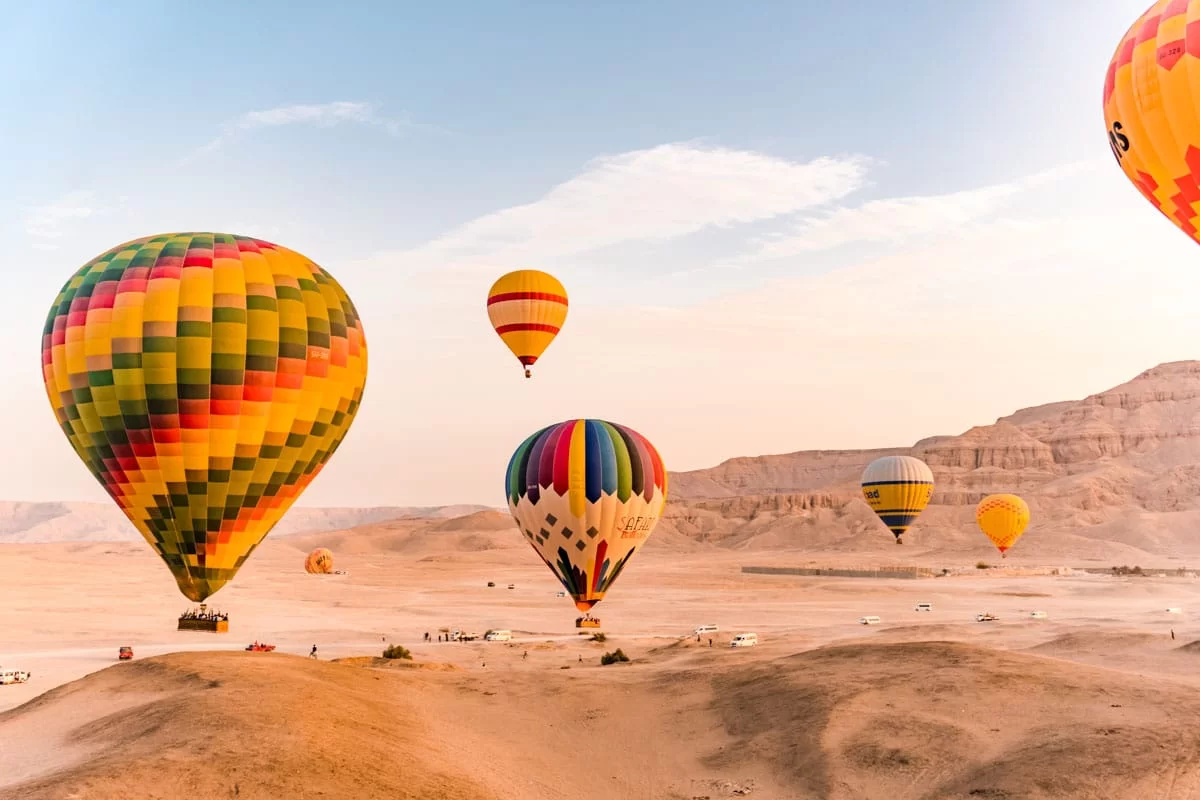
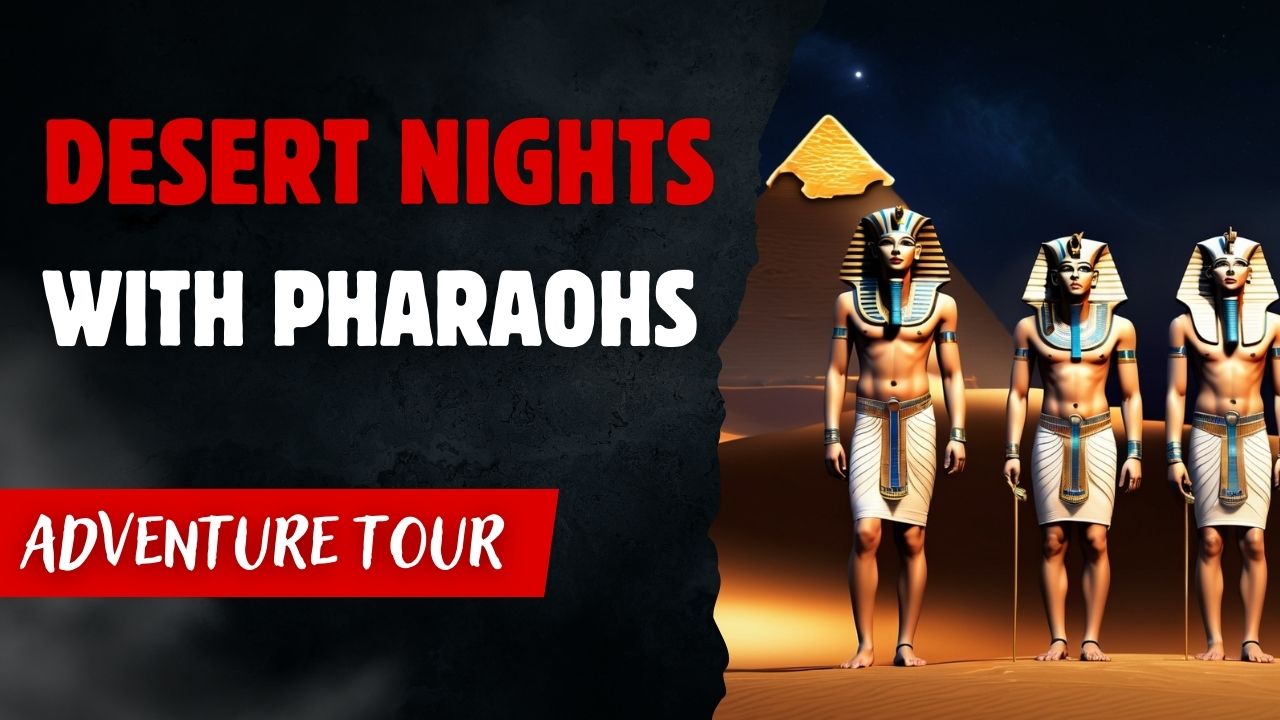







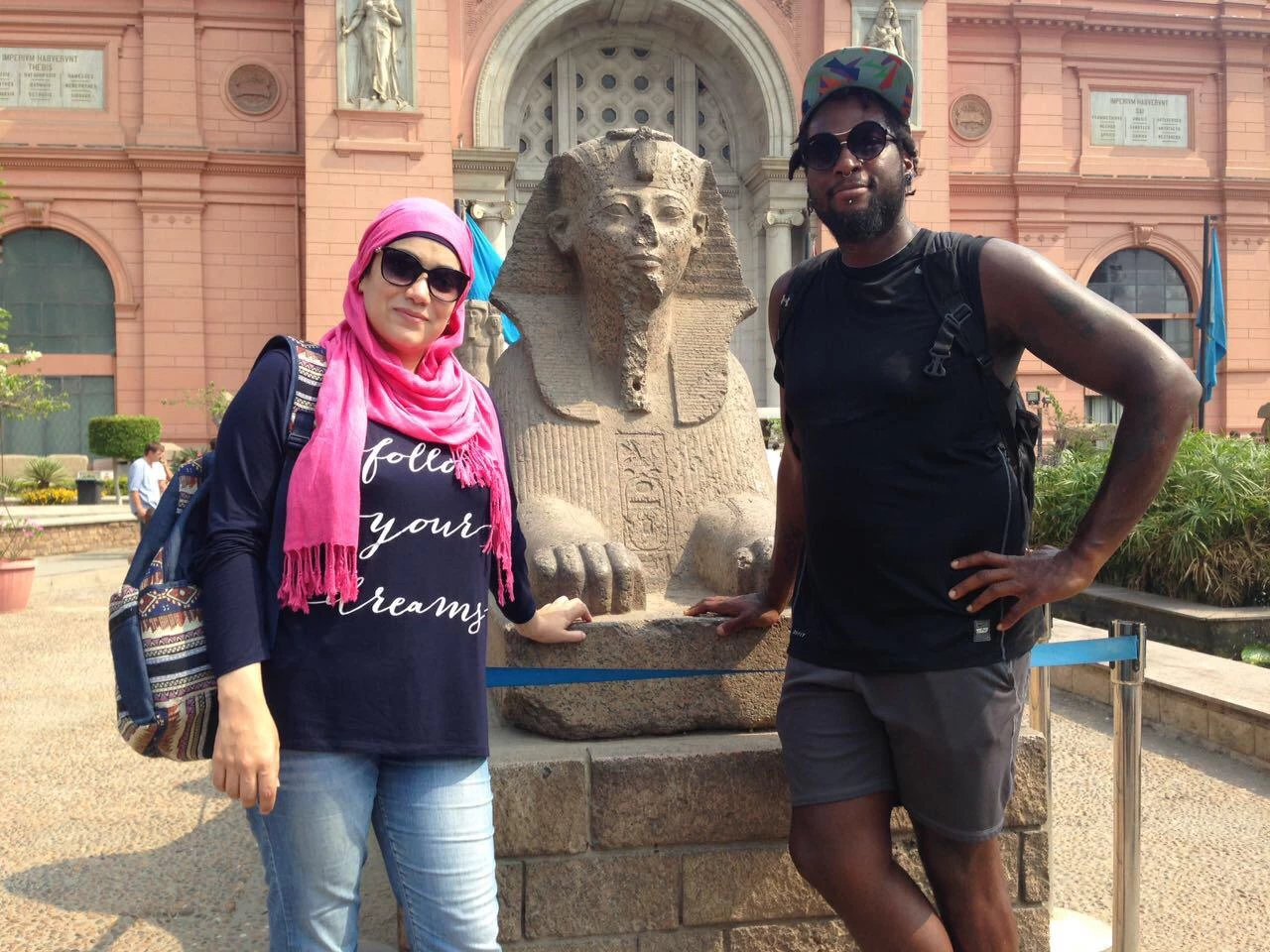
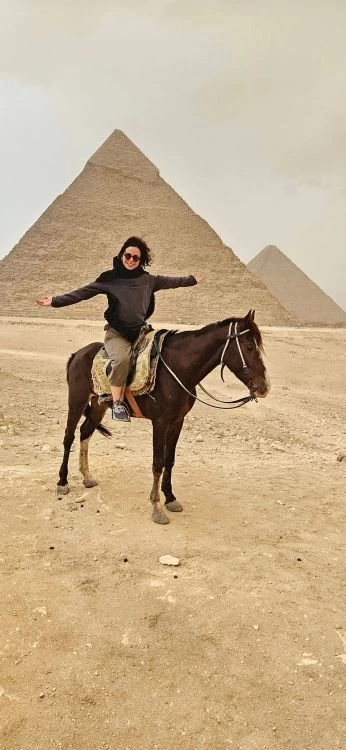
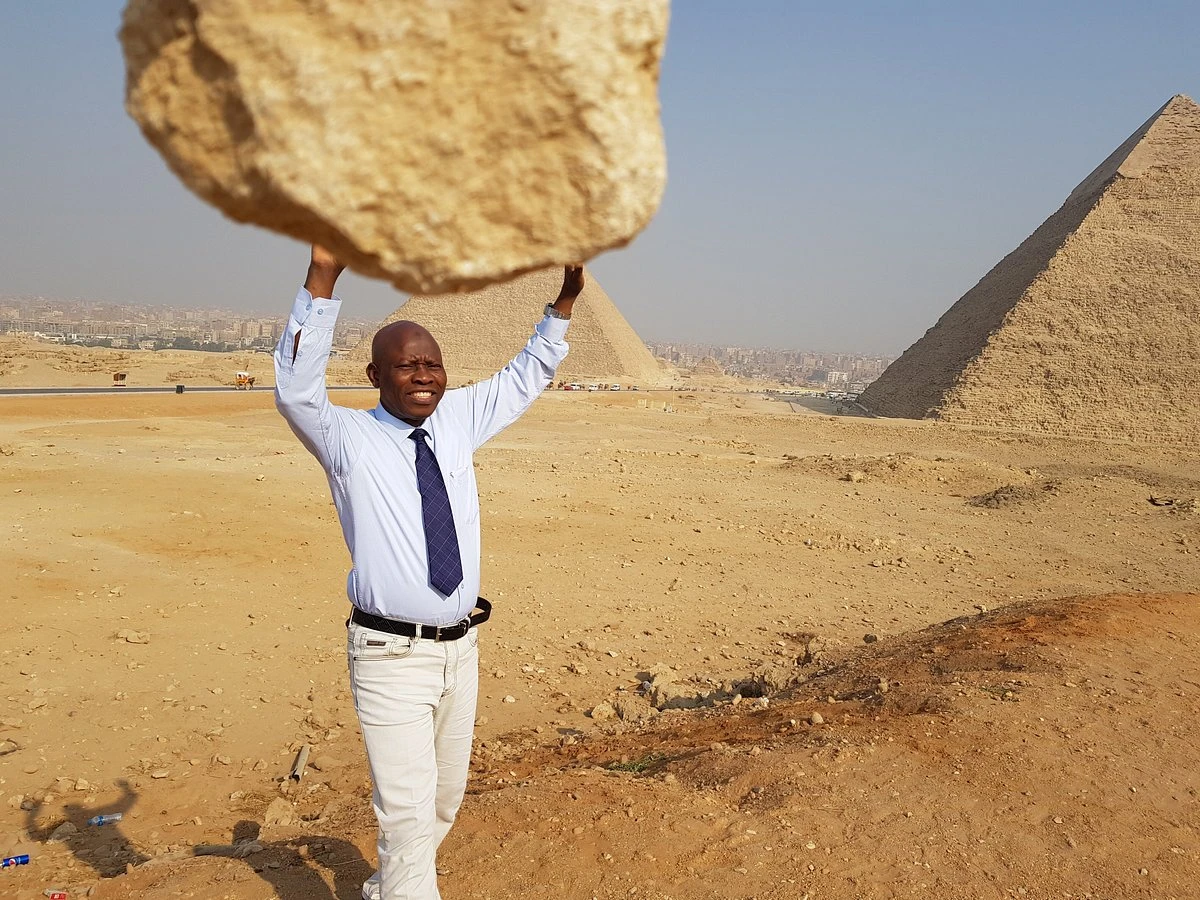
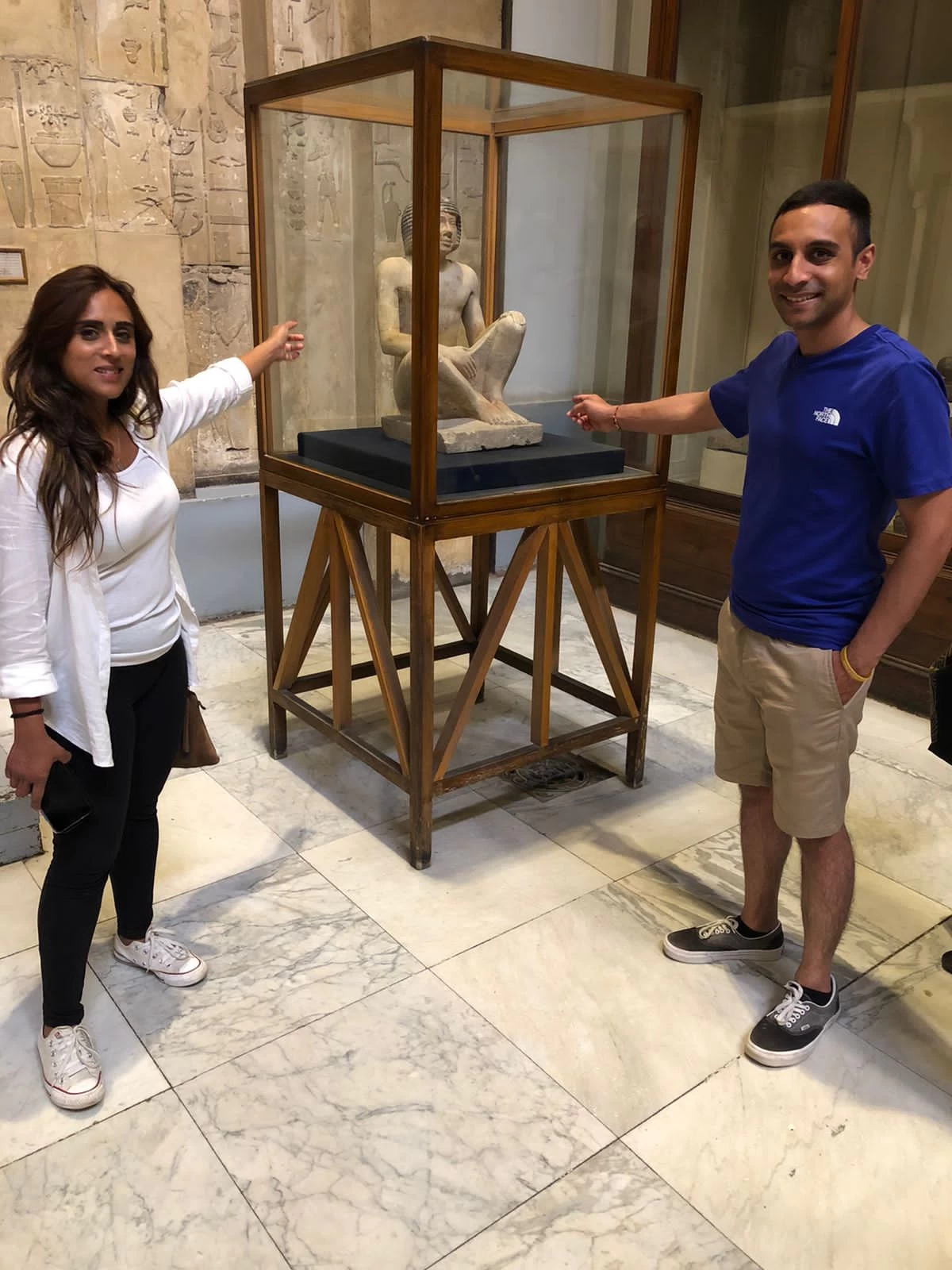

-webp.webp)

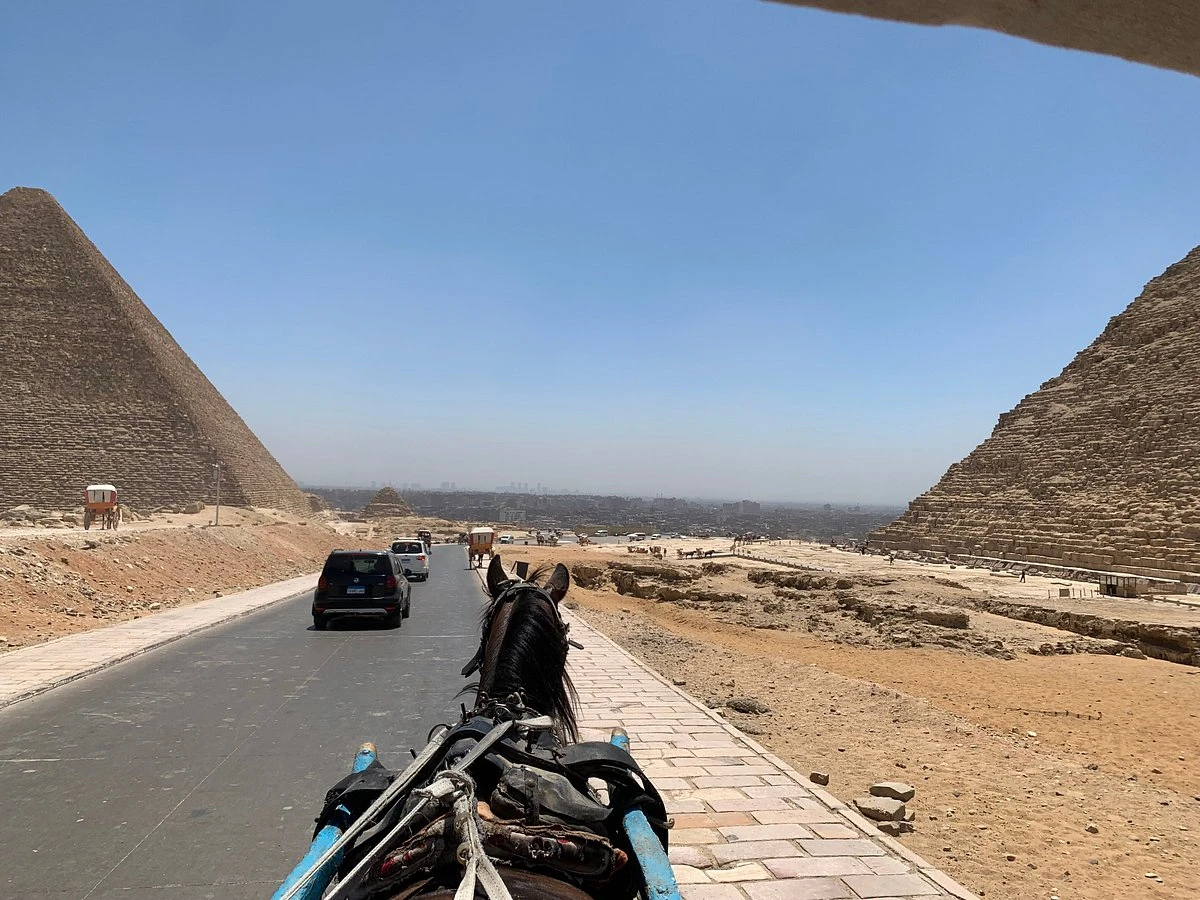
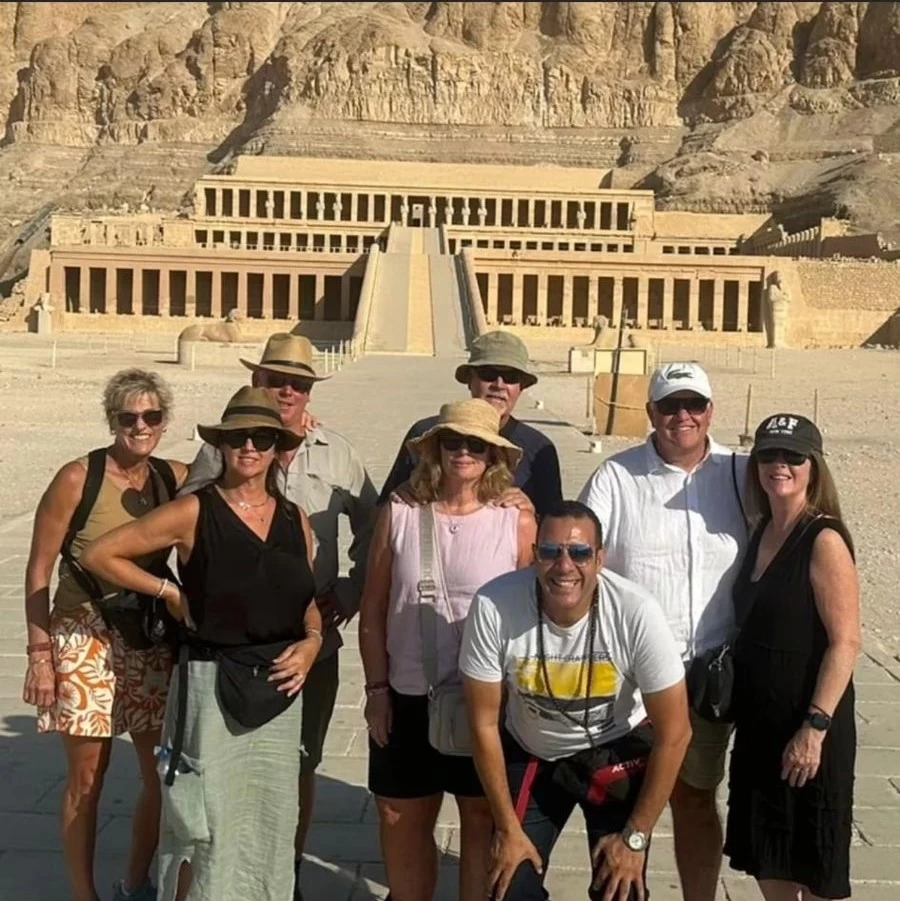
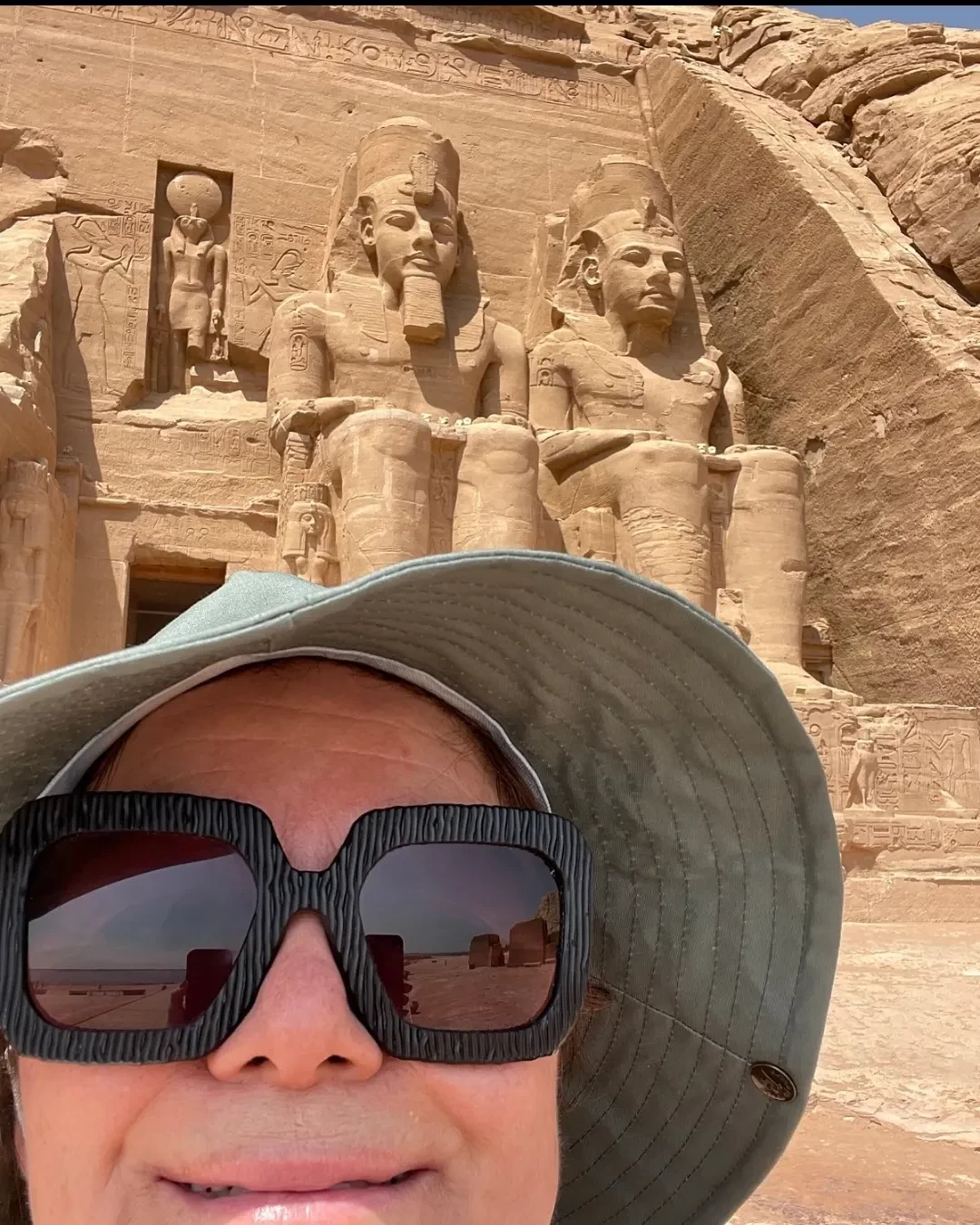
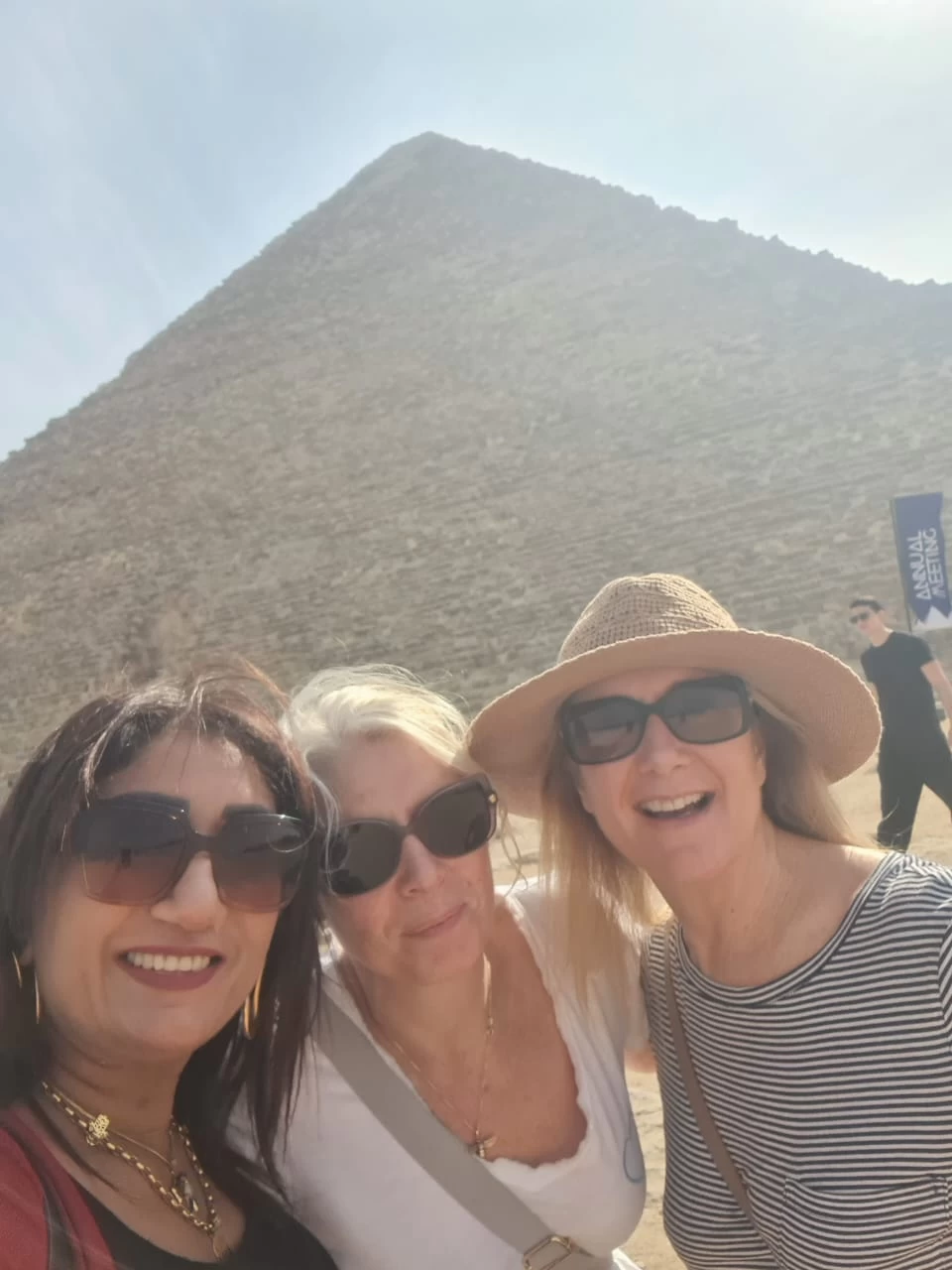
-webp.webp)

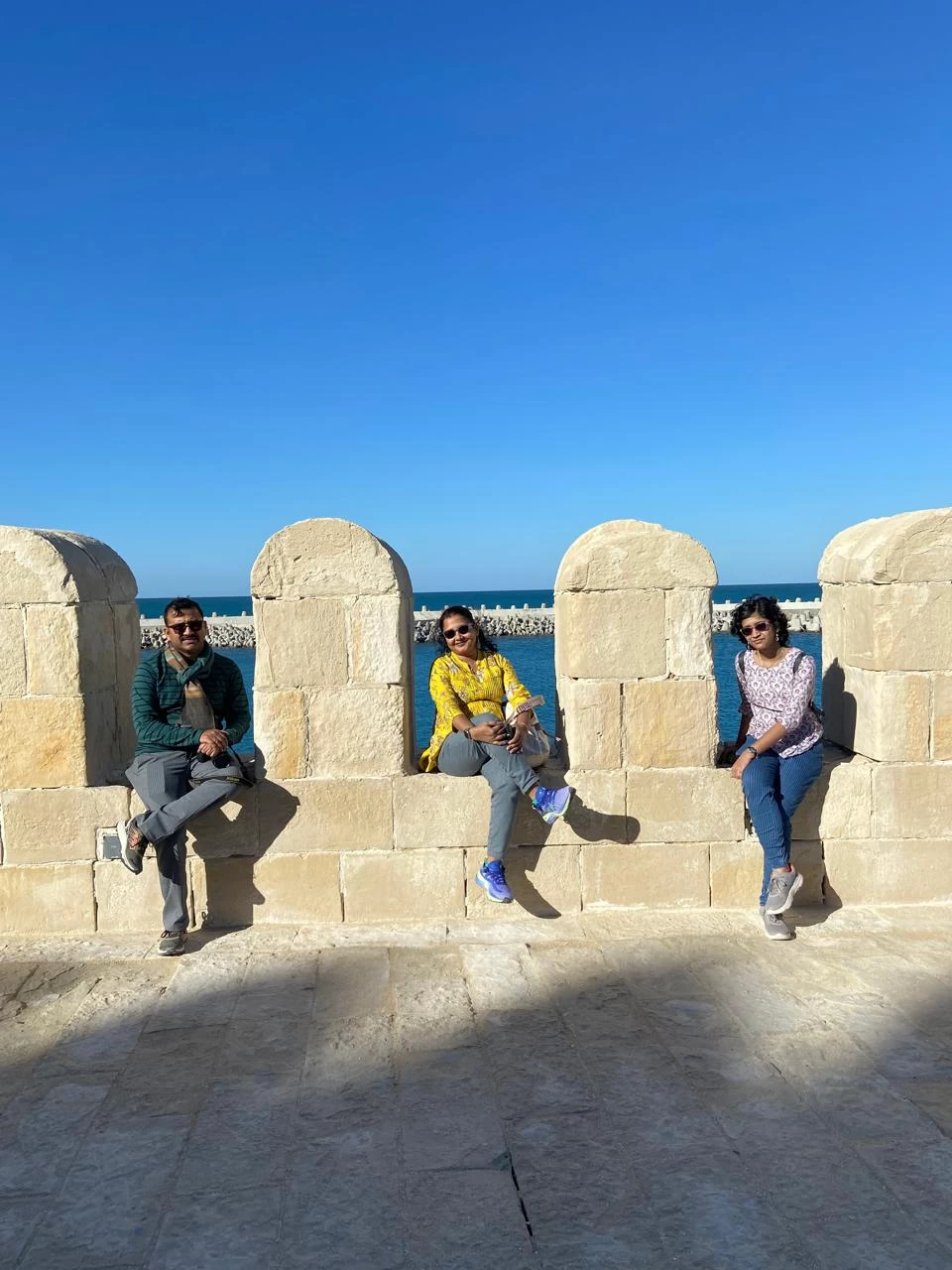
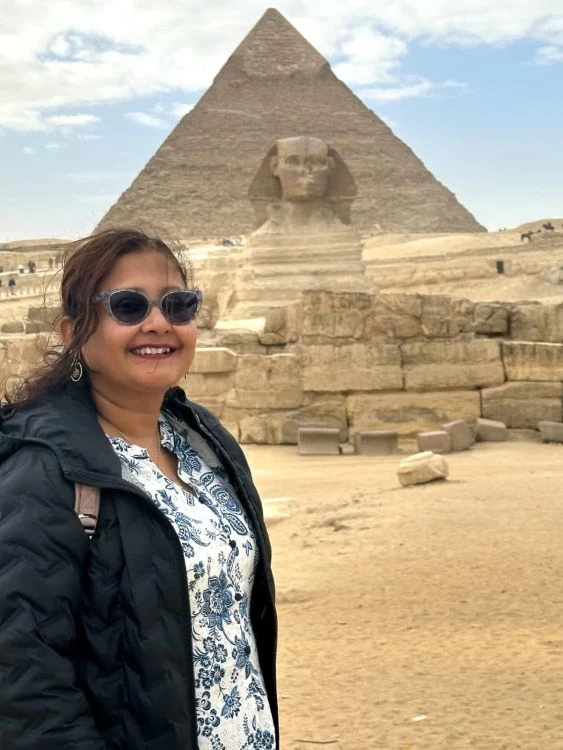
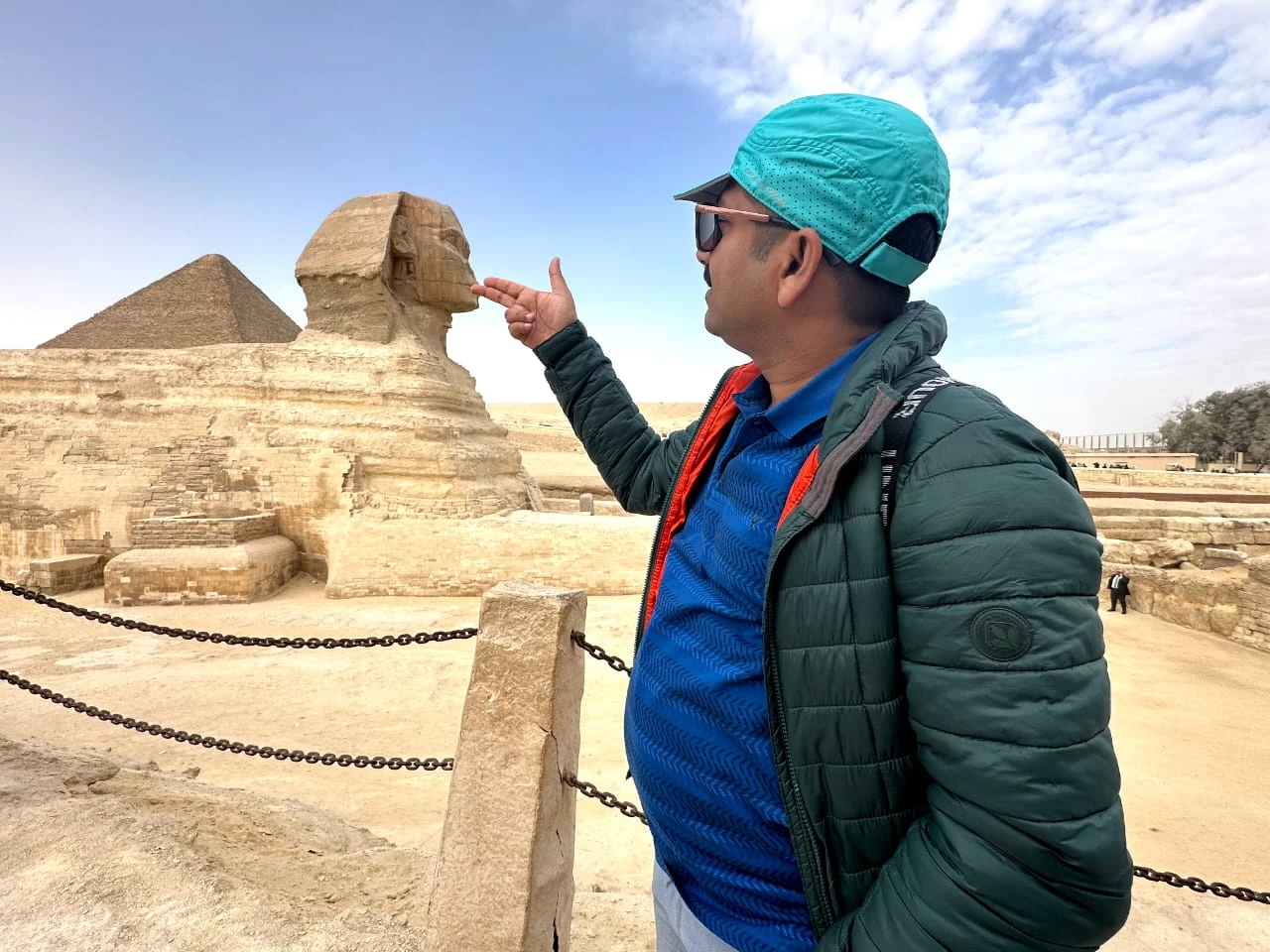
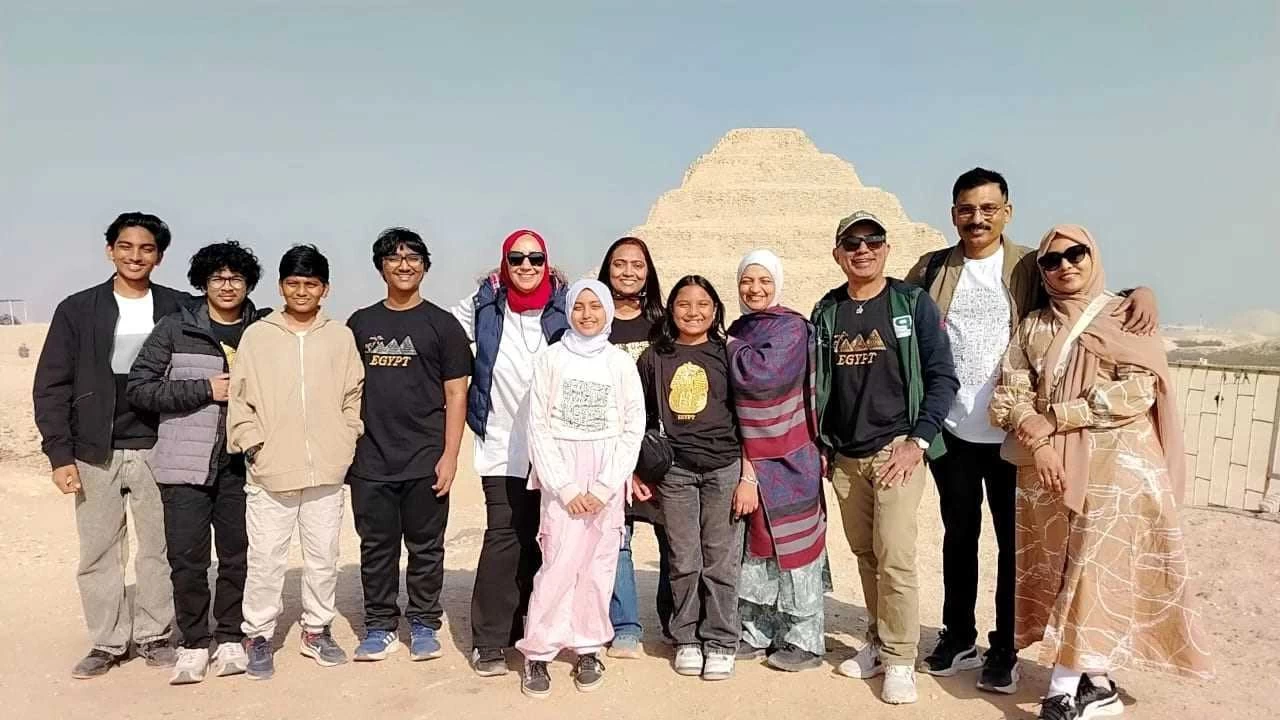
-webp.webp)
-webp.webp)
-webp.webp)
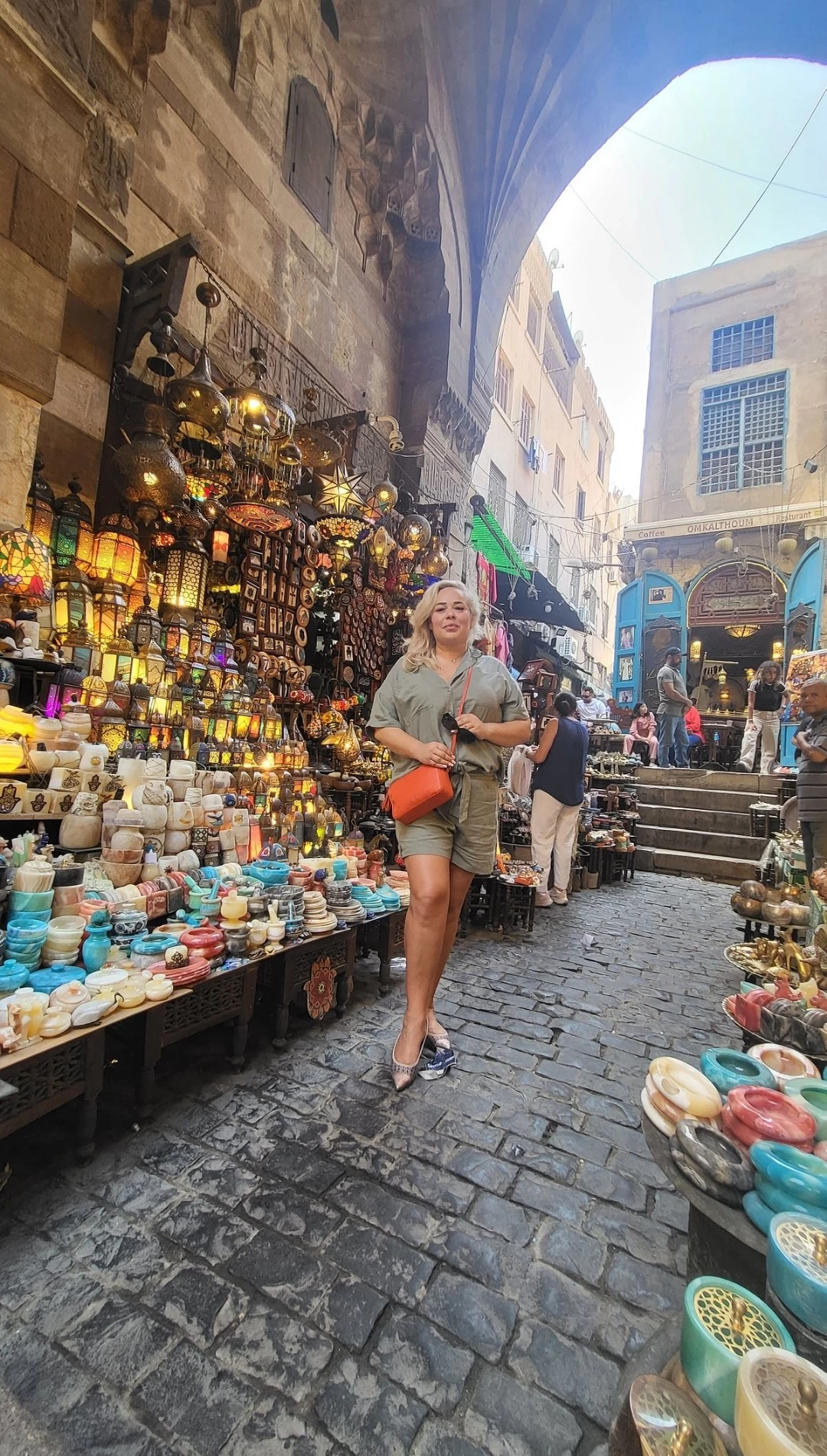
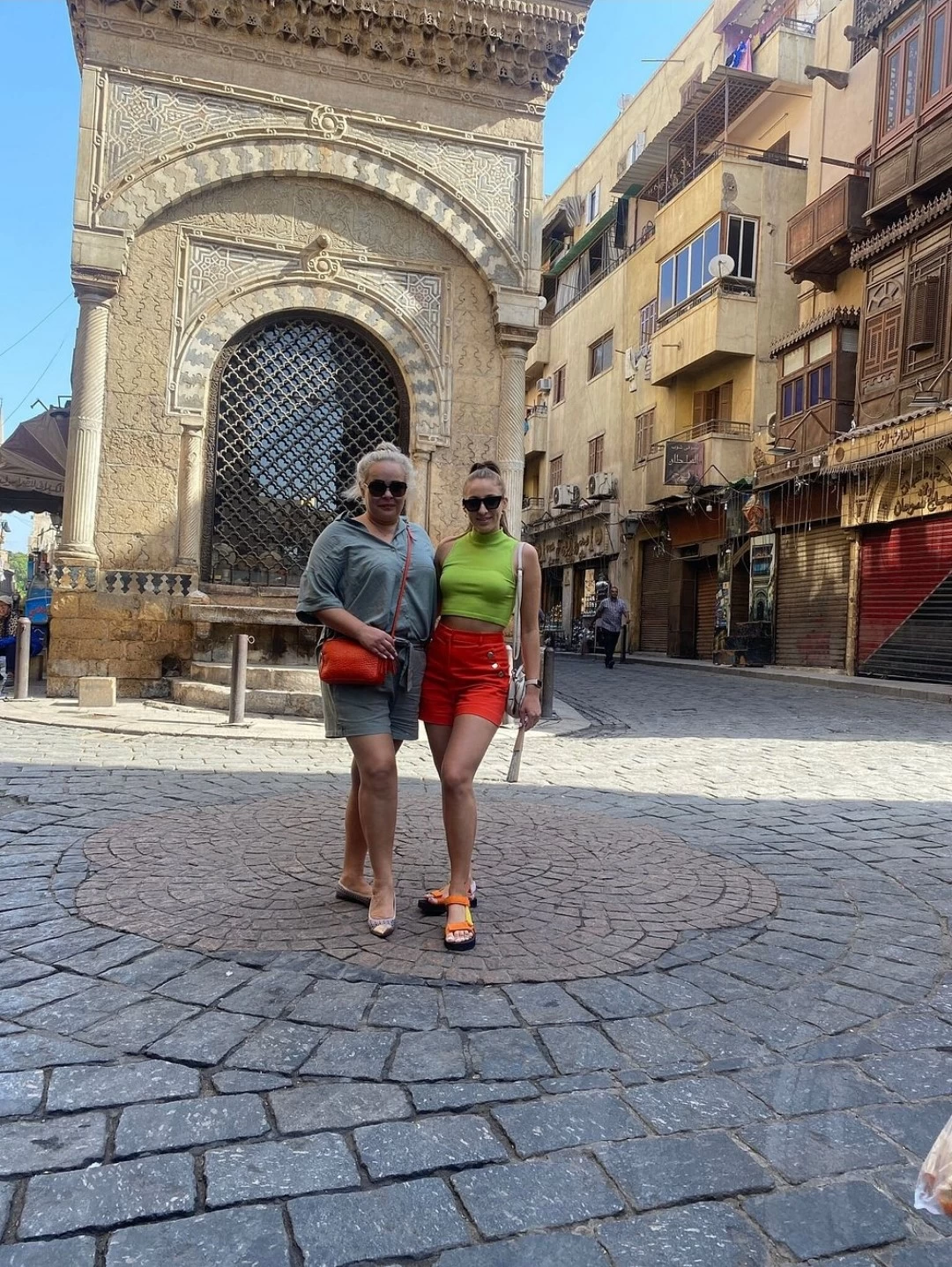

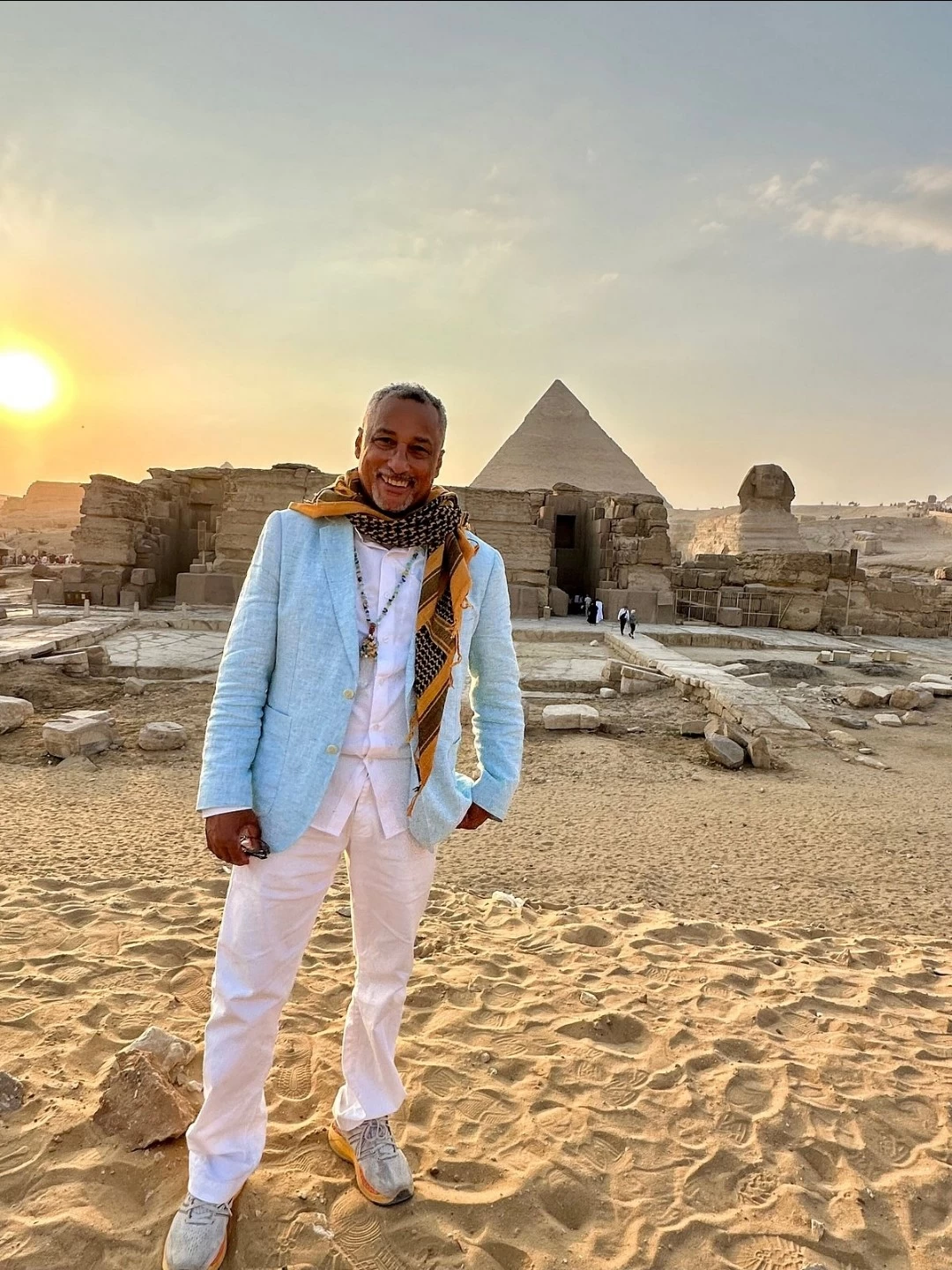
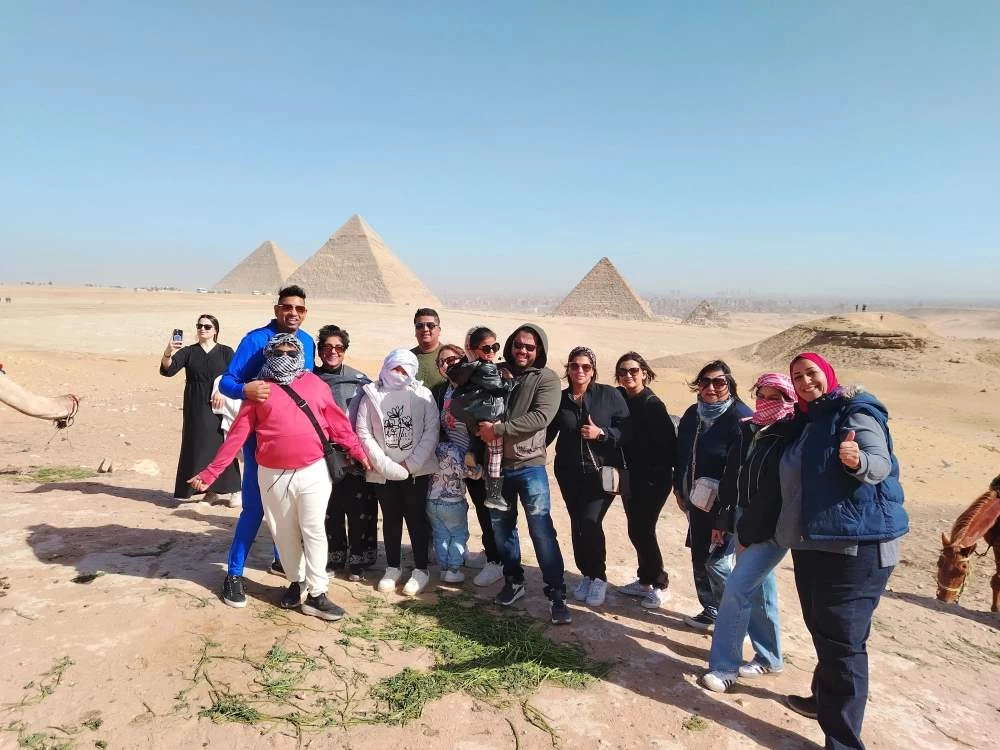

-webp.webp)
-webp.webp)
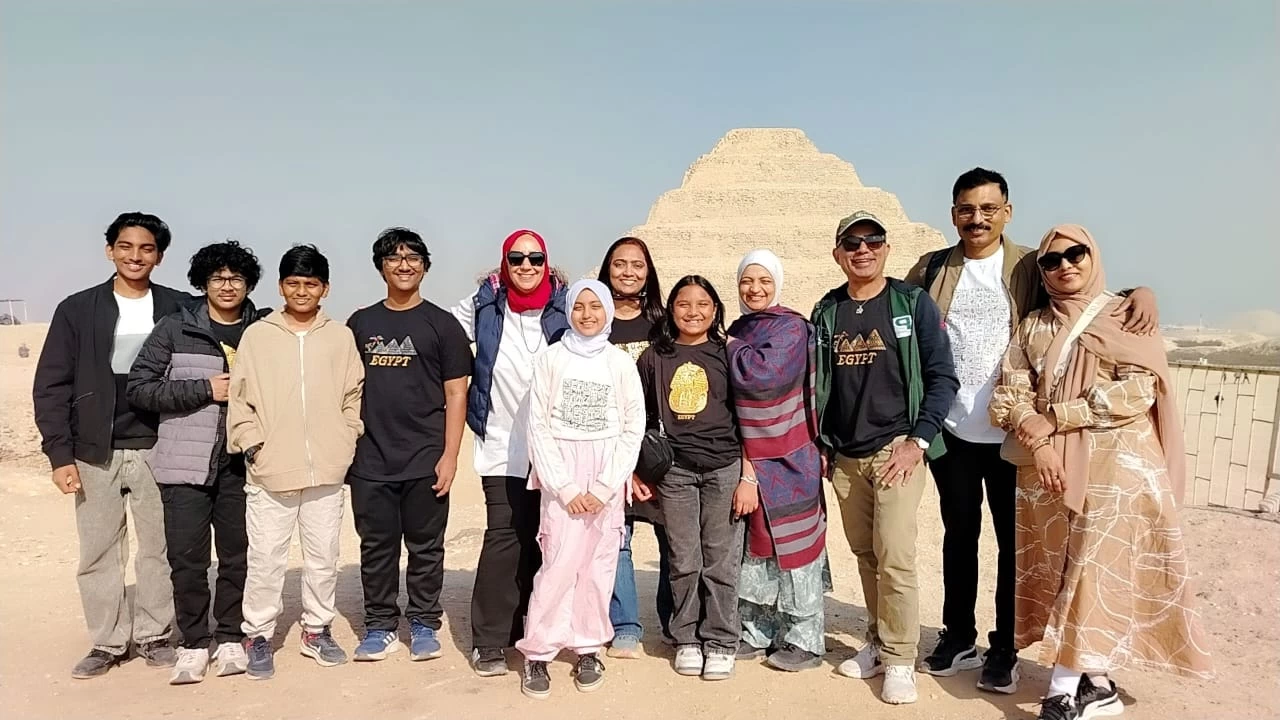
-webp.webp)
-webp.webp)
-webp.webp)
-webp.webp)
-webp.webp)
-webp.webp)
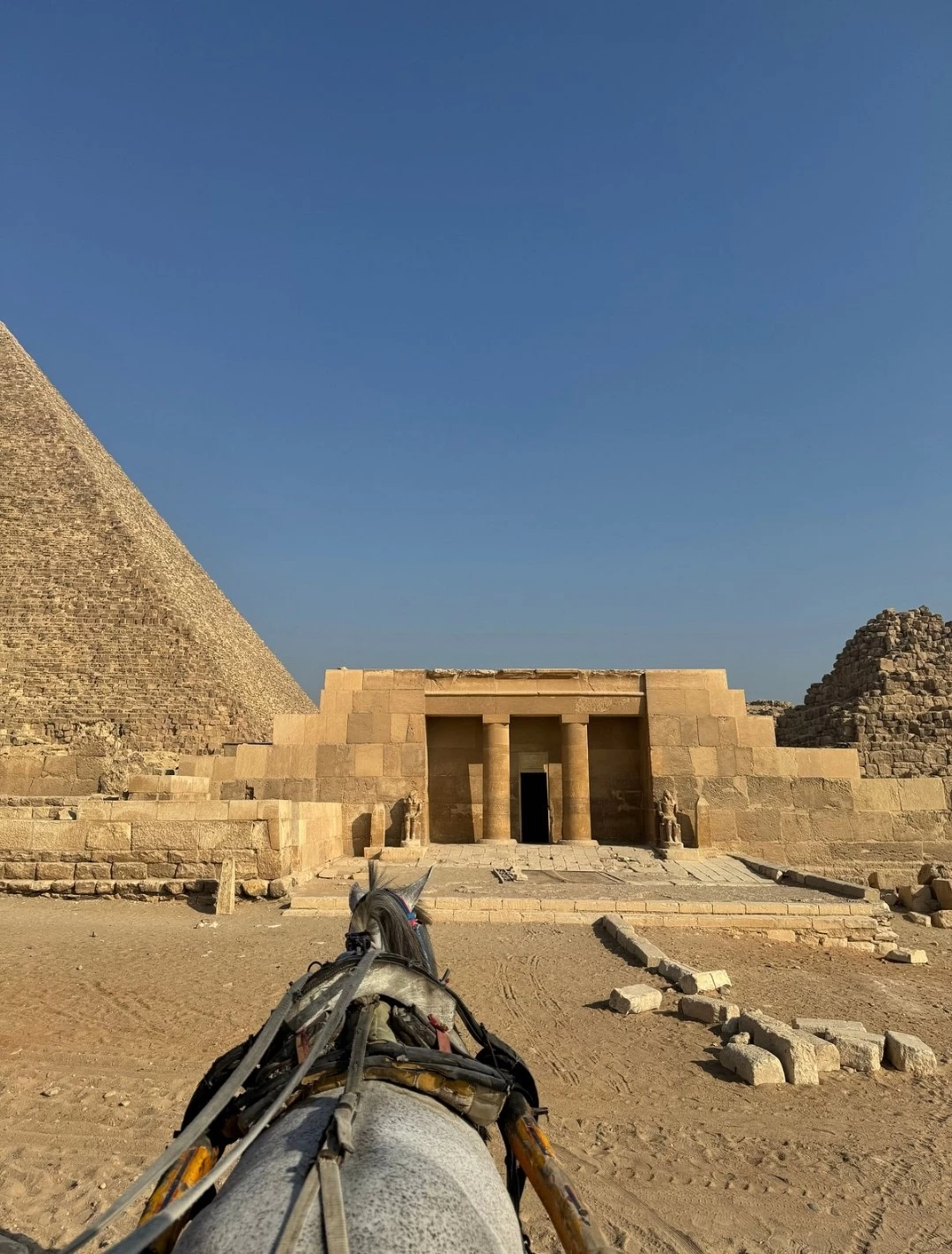
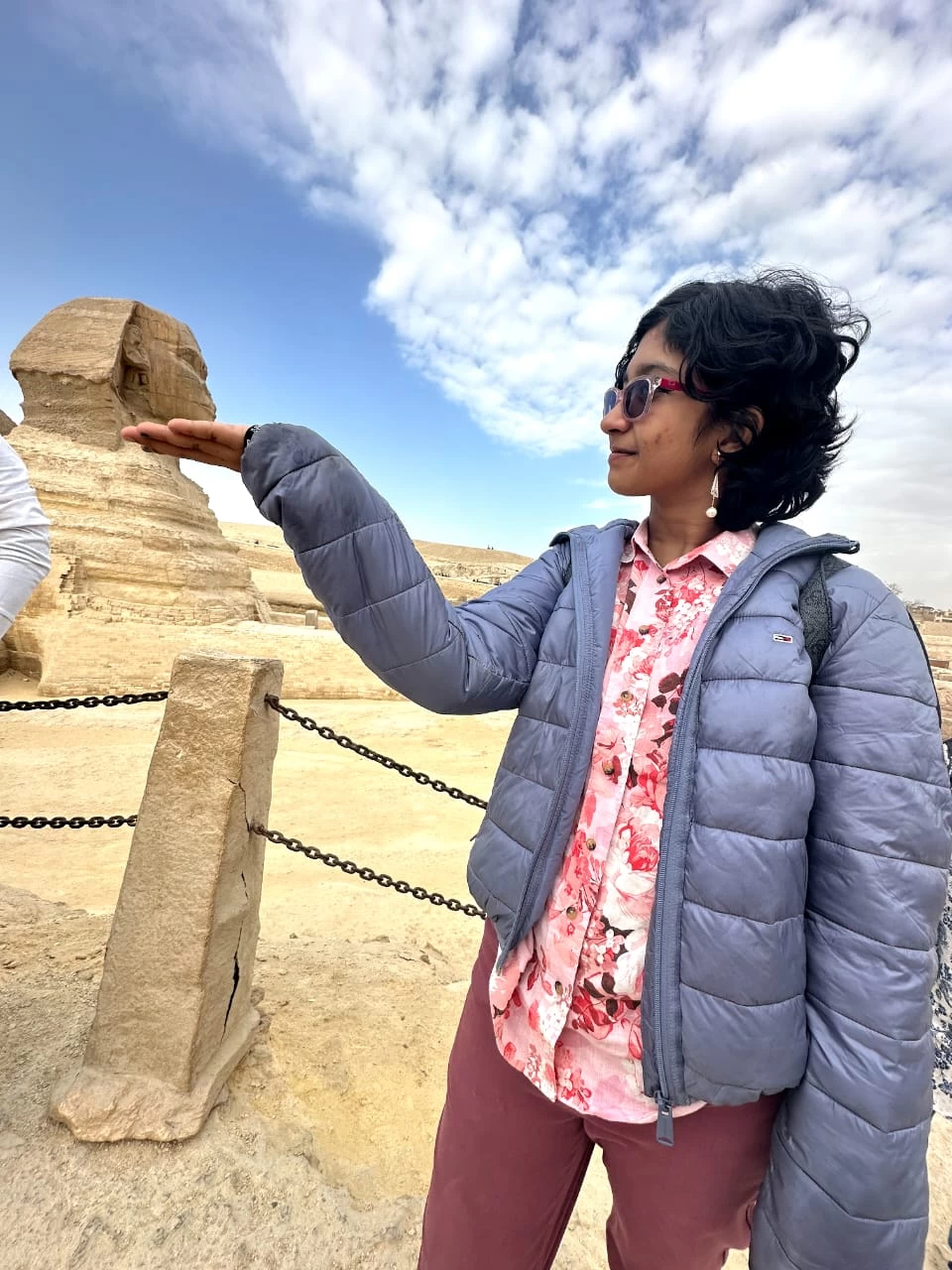
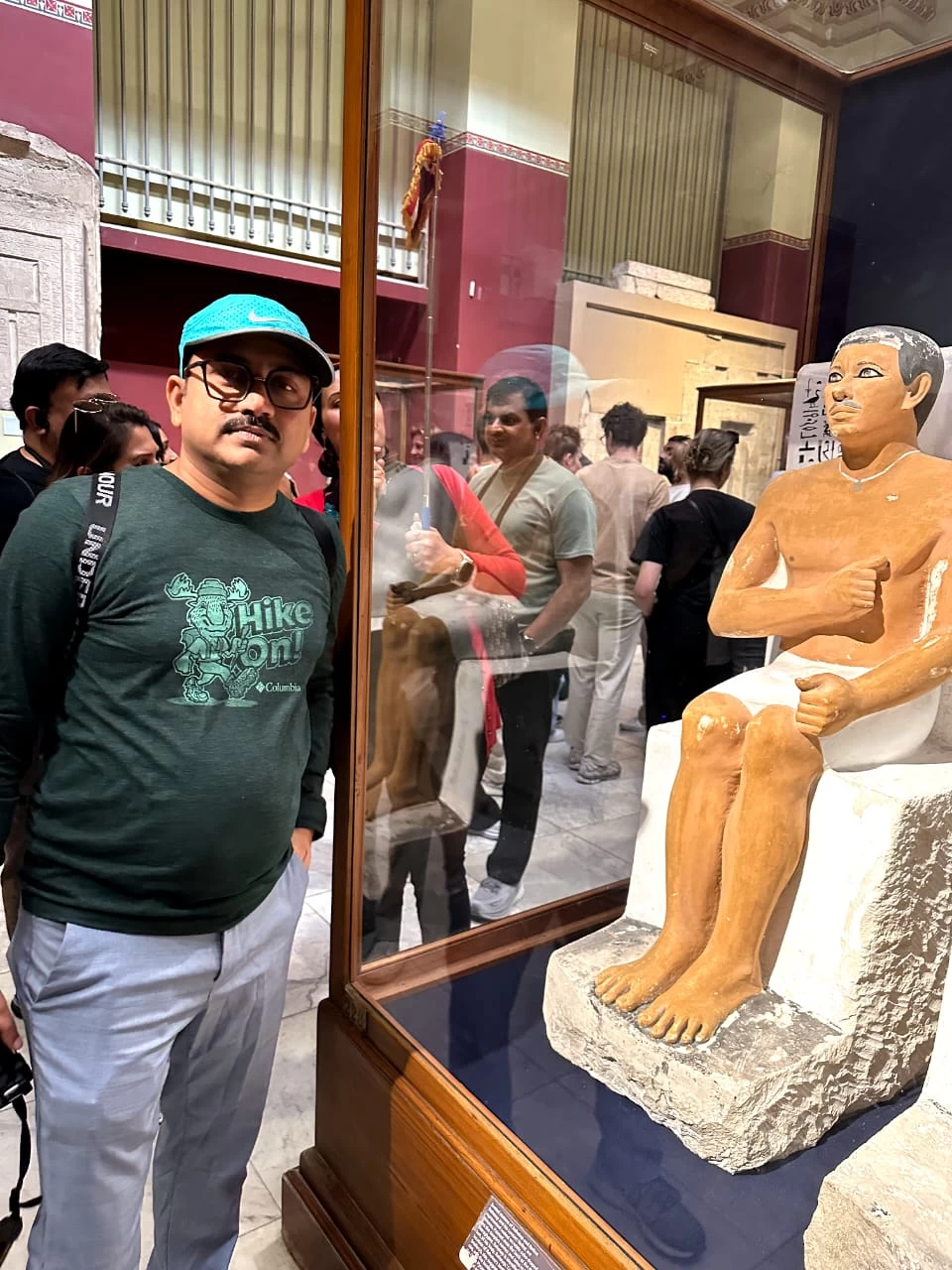
-webp.webp)
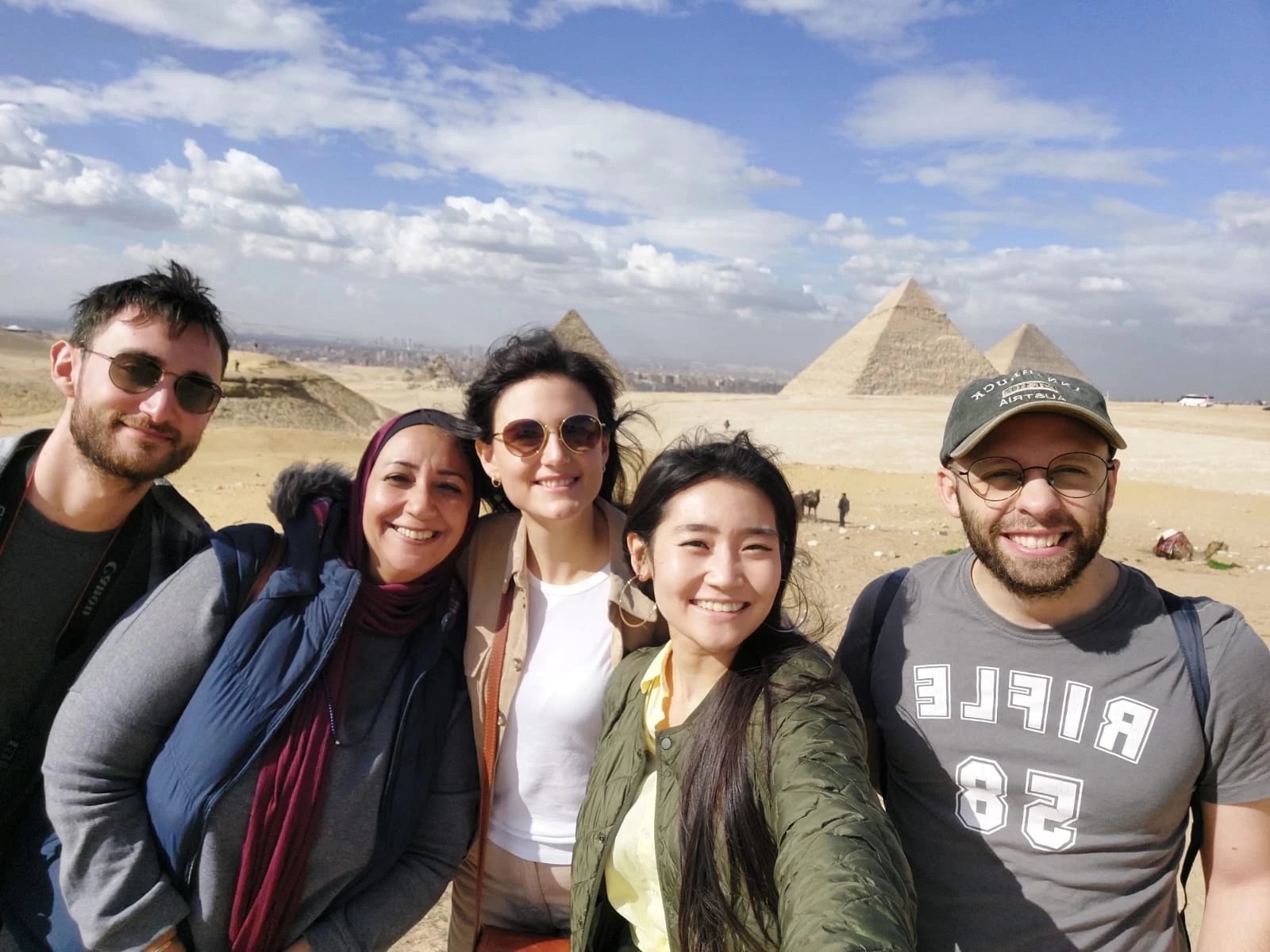
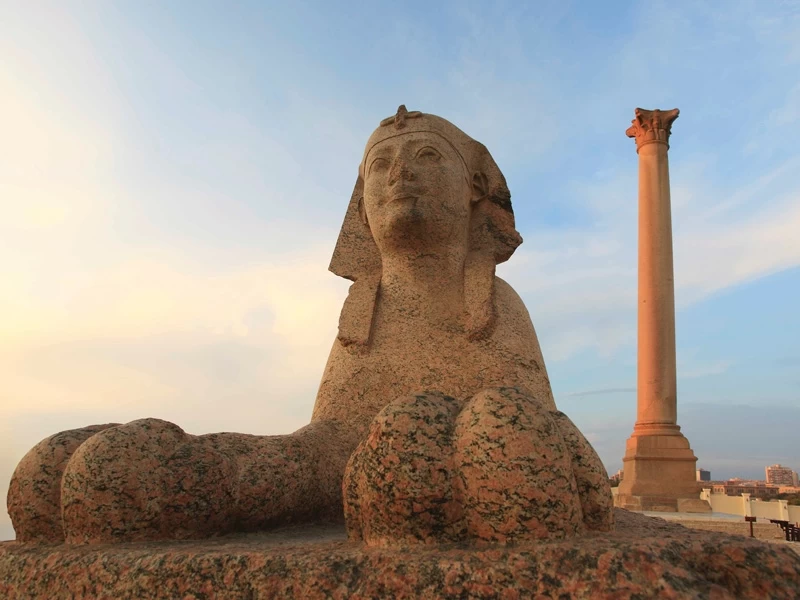
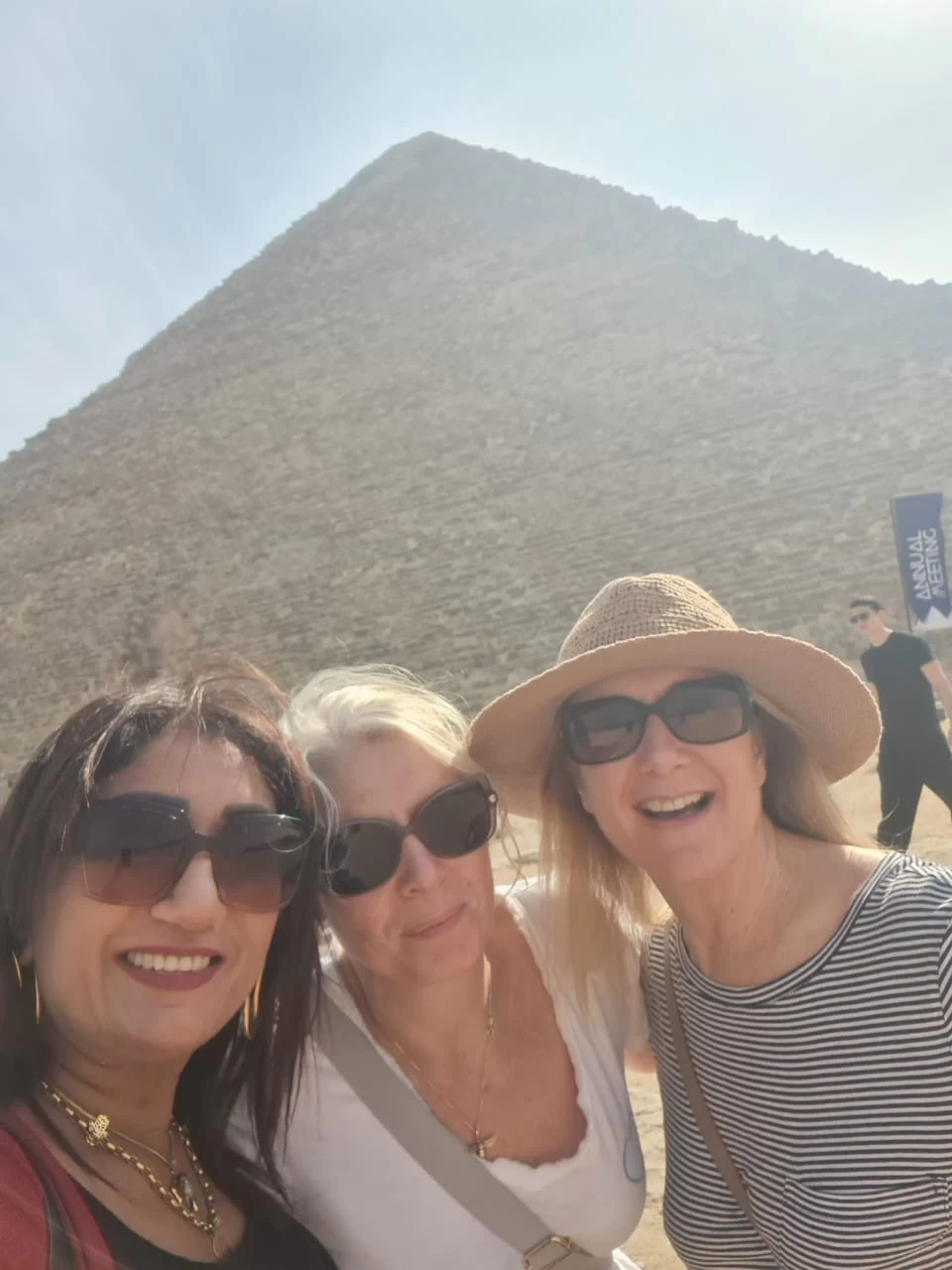


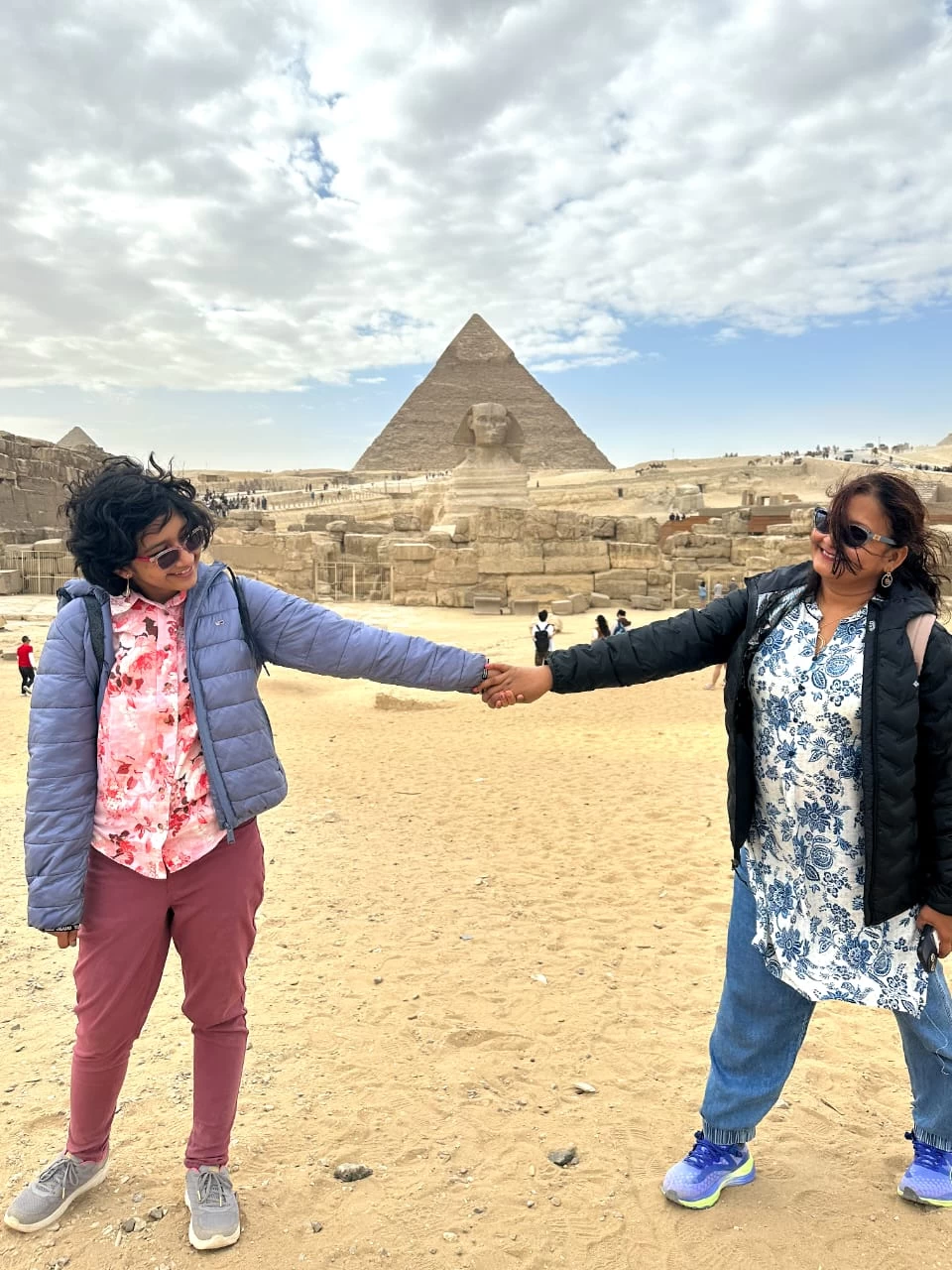
-webp.webp)
-webp.webp)










.png)

